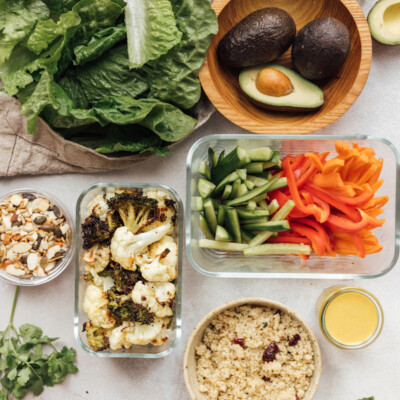Take a quick spin around the internet, and it would seem that inflammation is the evil phenomenon plaguing us all. Across social media, news outlets, and the pharmaceutical industry, we’ve been conditioned to believe that inflammation in and of itself is harmful. But that’s actually not the case. As with most things wellness-related, there’s a gray area. When it comes to inflammation, we‘re looking to strike the balance between not too little and not too much. In other words, just the right amount. How to find said balance? Incorporating the best anti-inflammatory foods into our diet.
While chronic, low-level inflammation is partially responsible for a host of unwanted diseases and conditions, not all inflammation is bad. In fact, we need some inflammation to thrive. After all, inflammation is a vital part of the human immune system. It signals the body’s heal and repair process and defends against foreign invaders, like viruses and bacteria.
One of the best ways to decrease inflammation in the body is by eating an anti-inflammatory diet. These foods nourish the body on a cellular level, helping fight against unwanted inflammation. From colorful vegetables to fatty fish, there are a variety of ingredients that improve our overall health.
Featured image from our interview with Sanetra Nere Longno by Michelle Nash.
- What is inflammation?
- What causes inflammation?
- Signs of Inflammation
- Why We Need Some Inflammation
- How Much Inflammation Is Too Much
- Foods That Worsen Inflammation
- How to Know If What You're Eating Is Causing Inflammation
- The Benefits of the Best Anti-Inflammatory Foods
- 10 Best Anti-Inflammatory Foods
- Avocados
- Bell Peppers
- Berries
- Bone Broth
- Extra-Virgin Olive Oil
- Green Tea
- Mushrooms
- Salmon
- Tomatoes
- Turmeric

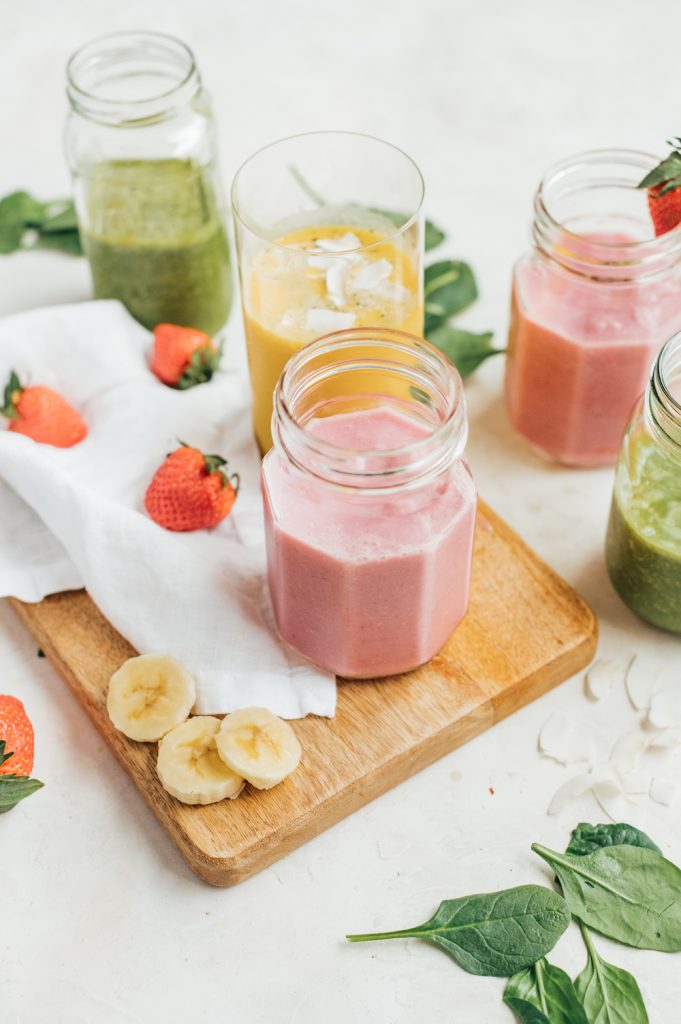
What is inflammation?
Inflammation helps the body fight an illness, injury, or disease. From a broken bone to eczema, inflammation plays a part. In essence, inflammation is your body’s first line of defense against toxins, infections, etc. When your cells are in distress, they release chemicals to alert the immune system. In turn, the immune system sends its first responders: inflammatory cells.
When your immune system unleashes an army of white blood cells, they engulf and protect the affected area. This causes visible redness and swelling. With infections like the flu, the immune system elicits a similar response to eliminate harmful pathogens. In some cases, though, your body’s immune system triggers inflammation when there are no invaders to fight off (think: arthritis). In these autoimmune diseases, your body’s defense system goes into overdrive.
What causes inflammation?
A host of factors cause inflammation. Inflammation happens when a physical factor triggers an immune reaction. From an unhealthy lifestyle—like smoking cigarettes—to too much stress, toxic exposures in your home, allergies, and frequently eating ultra-processed foods, inflammation can spin out of control. When inflammation runs wild, it can damage the body by creating too many pro-inflammatory cells. Chronic inflammation can lead to health issues and conditions, such as a leaky gut.
Acute inflammation, on the other hand, happens when white blood cells enter your blood or tissues to protect your body from invaders. This raises the blood flow to the infected area, causing redness and heat. In turn, you may experience pain, swelling, and irritation. Ultimately, this protective process is a result of inflammation.


Signs of Inflammation
Based on visual observation, the five classic signs of inflammation are redness, heat, swelling, pain, or loss of function at the inflammation site. In other words, the traditional description of inflammation accounts for visual changes.
Redness and heat occur when the inflammation process starts. Chemicals in white blood cells are released into the blood and affected tissues to protect the body. In turn, these chemicals increase blood flow to the infected area(s), causing redness and warmth. Swelling is a symptom of increased fluid from dilated blood vessels, and pain is due to the direct effects of tissue buildup pressing against nerve endings. This pressure sends pain signals to the brain. Lastly, loss of function refers to the loss of mobility (i.e., in a broken arm).
Why We Need Some Inflammation
It’s important to meet adequate levels of inflammation in the body because it’s a vital part of the immune system’s response to infection, injury, etc. Without inflammation as a physiological response, wounds would take longer to heal and infections could become deadly.


How Much Inflammation Is Too Much
When inflammation persists on a daily basis, even when you don’t necessarily see it, that’s when inflammation can do harm. Many major diseases, from cancer to Alzheimer’s, have been linked to chronic inflammation. In other words, when you have chronic inflammation, your body’s inflammatory response can eventually start damaging healthy cells, tissues, and organs. The goal is to recognize when too much inflammation is at play.
Foods That Worsen Inflammation
In addition to specific lifestyle factors that can worsen inflammation, certain ingredients can also promote inflammation. The following factors have been associated with higher levels of inflammatory markers:
- Fast food
- High-sodium frozen meals
- Omega-6 vegetable oils
- Conventionally-raised, processed meats
- Sugar-sweetened beverages and refined carbs
- Fried food or packaged ingredients that contain industrial seed oils
A few examples of foods that have been associated with increased levels of inflammation are white bread, potato chips, mozzarella sticks, soda, energy drinks, and hot dogs. While creating food fear is never the goal, it’s important to know what foods can help or hinder your cellular and organ health.
If you incorporate exercise and your overall diet is rich in vegetables, lean protein, fiber, and healthy fats, having a once-a-baseball-season hot dog or a slice of chocolate cake at your dad’s birthday isn’t likely to trigger an inflammatory response. That said, if you lean toward refined starches and unhealthy fats—and if you don’t get a lot of antioxidants and fiber in your daily diet—that hot dog or piece of cake is more likely to trigger an inflammatory response.

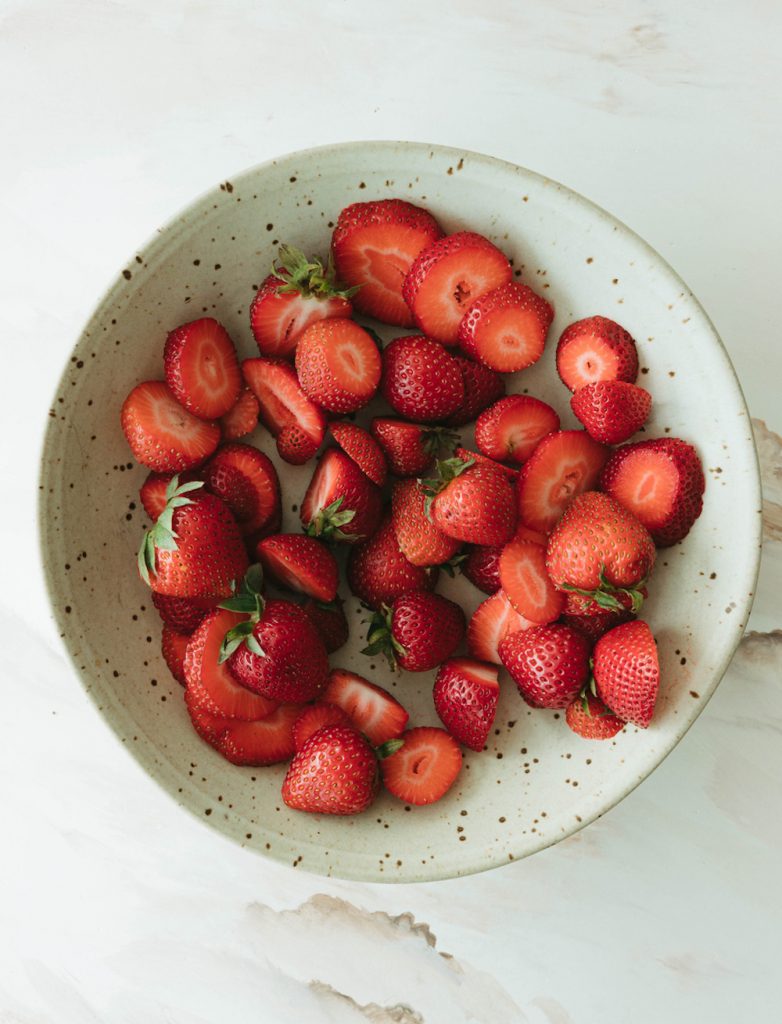
How to Know If What You’re Eating Is Causing Inflammation
By tapping into the classic signs of inflammation, you’ll likely know whether or not certain foods make you feel unwell. Of course, the best option would be to work with your healthcare practitioner or a GI doctor to know for sure.
The responses you’ll experience after eating pro-inflammatory foods will likely range from mild to severe. If you regularly experience gut issues, like diarrhea and bloating, or congestion, eczema, or acne, you’ll want to take a closer look at your diet.
Keeping a food journal and jotting down your symptoms can be extremely helpful. Even conditions like migraines, brain fog, and fatigue may actually be the result of a chronic, inflammatory response happening in your body.
The Benefits of the Best Anti-Inflammatory Foods
The benefits of the best anti-inflammatory foods are endless. Most importantly, the following foods reduce or minimize low-grade inflammation within our bodies. These types of ingredients improve energy, cognitive function, hormone health, and more. In some cases, they can reverse chronic illness and disease. They’re also packed with vitamins, nutrients, minerals, and antioxidants, nourishing your body on a cellular level.
Download our cycle syncing planner to support your body throughout the month.
10 Best Anti-Inflammatory Foods
One of the most powerful ways to combat inflammation isn’t at the pharmacy but at the grocery store. Loading up on omega-3 fatty acids, fiber-rich vegetables, and antioxidant-rich leafy greens may protect against unwanted inflammation. In other words, just as there are pro-inflammatory foods, you can protect against inflammation by eating the best anti-inflammatory foods. These foods contain antioxidants and polyphenols, i.e., protective compounds.

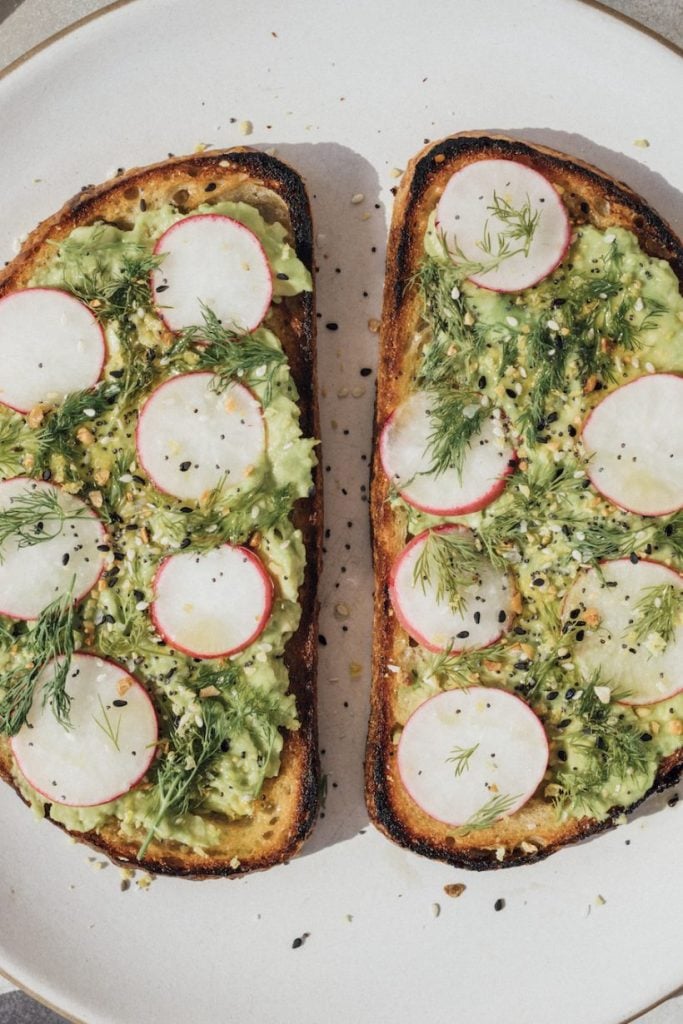
Avocados
Avocados have omega-3 fatty acids, along with potassium, magnesium, fiber, and heart-healthy monounsaturated fats. In one study, participants who consumed avocado with a hamburger, as opposed to just a hamburger, had lower levels of inflammatory markers.
Get the recipe for Avocado Toast with Kale Pesto and Crunchy Veggies.

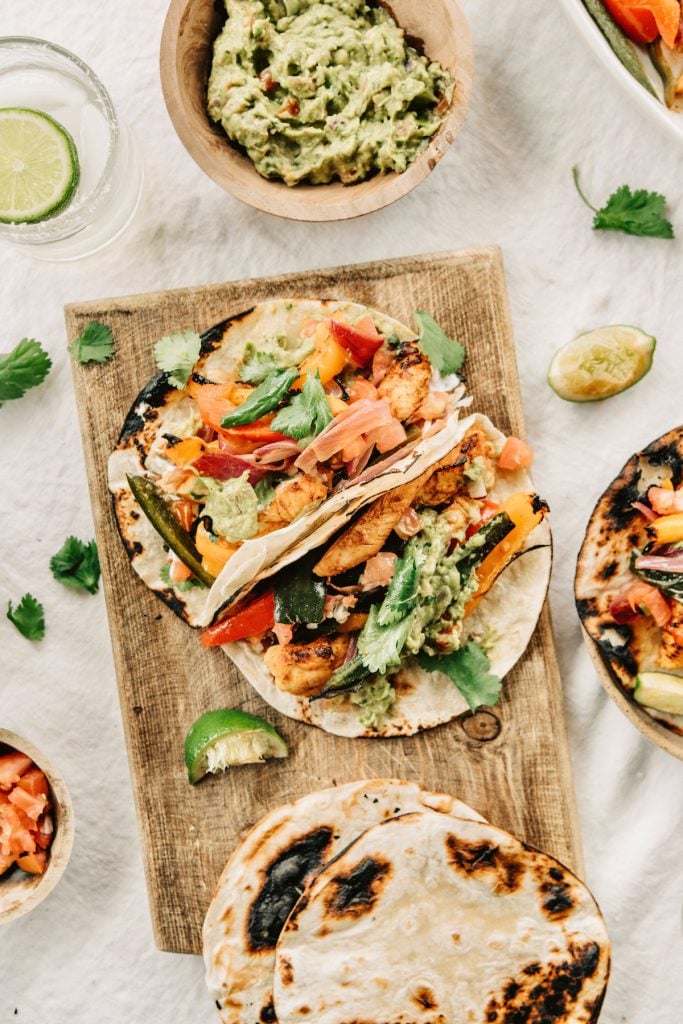
Bell Peppers
Bell peppers are high in vitamin C and antioxidants that have powerful anti-inflammatory effects. They also provide the antioxidant quercetin, which may reduce oxidative damage.
Get the recipe for Sheet Pan Chicken Fajitas.

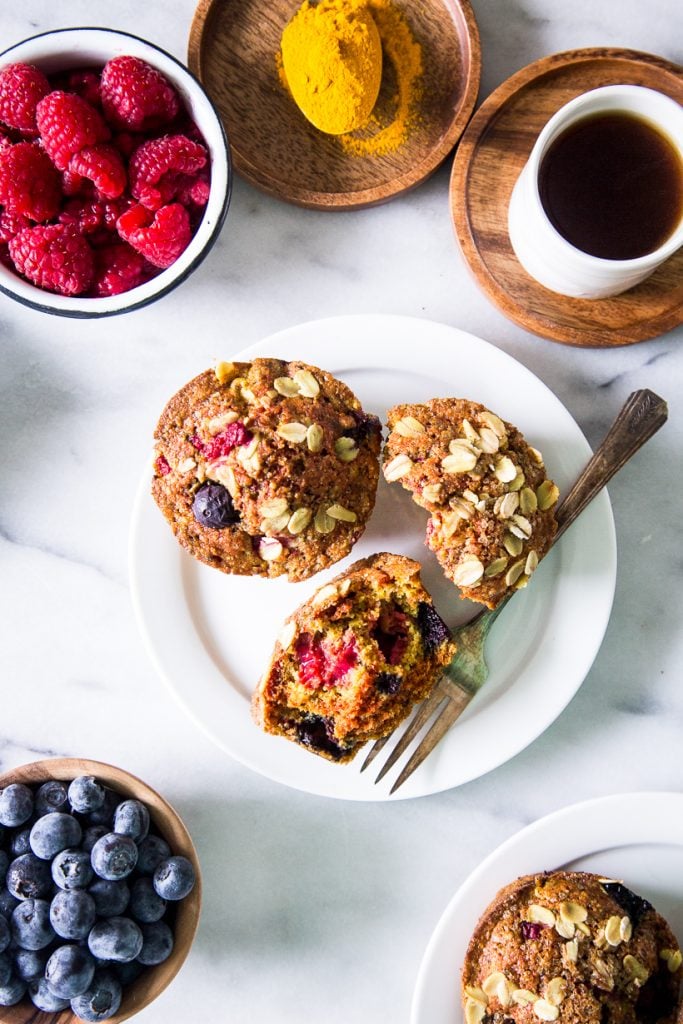
Berries
From blueberries and blackberries to strawberries and raspberries, berries are an incredible source of antioxidants. They contain antioxidants called anthocyanins, compounds that may have effects on reducing the risk of diseases. In addition to berries, these just-sweet-enough muffins pack all the inflammation-fighting goodness—including walnuts, whole grains, and chia seeds. To bump up the anti-inflammatory goodness even more, sub out one of the eggs for a tablespoon of flaxseed meal mixed in two and a half tablespoons water.
Get the recipe for Anti-Inflammatory Berry + Turmeric Muffins.

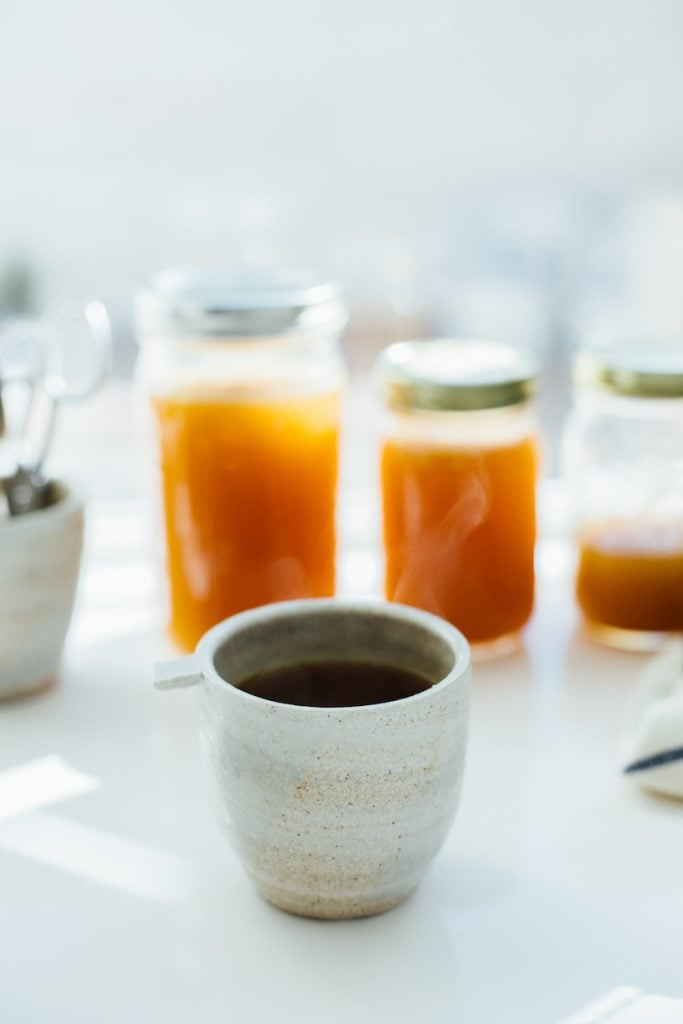
Bone Broth
Bone broth is an extremely nourishing food for healing intestinal permeability. In other words, it helps the gut lining. Bone broth contains collagen, which supports the gut lining and reduces inflammation.
Get the recipe for DIY Bone Broth.


Extra-Virgin Olive Oil
Extra-virgin olive oil is rich in monounsaturated fats, which are linked to a reduced risk of cardiovascular disease, brain cancer, and other detrimental health conditions. Unlike more refined olive oils, extra-virgin olive oil offers great anti-inflammatory benefits. Bonus: this pizza features a tasty garlic confit, upping its anti-inflammatory powers all the more.
Get the recipe for Spinach and Ricotta Pizza with Garlicky Olive Oil.

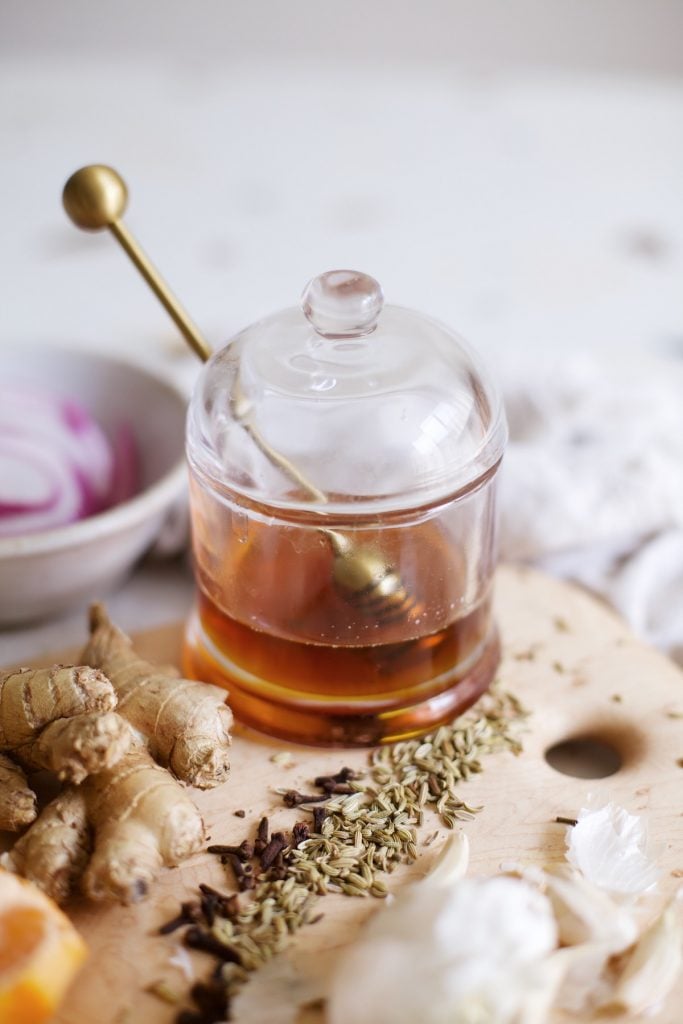
Green Tea
Green tea’s benefits come from its antioxidant and anti-inflammatory properties. Specifically, a substance called epigallocatechin-3-gallate (better known as EGCG). Green tea is also rich in polyphenols, natural compounds that are known to reduce inflammation and help fight cancer.
Get the recipe for Immunity-Boosting Tea.

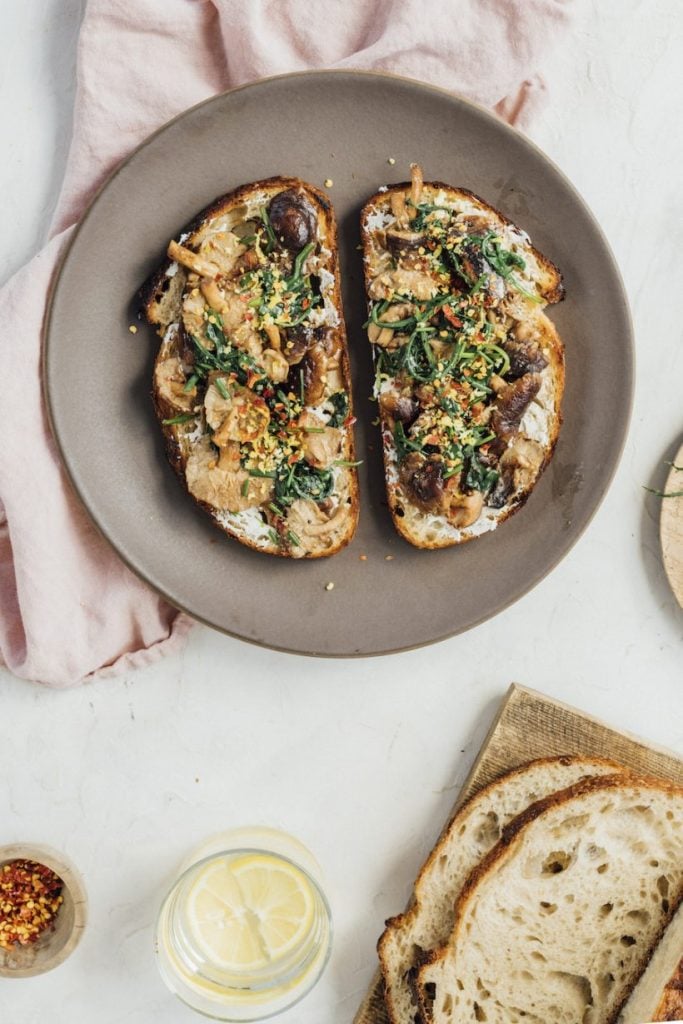
Mushrooms
Mushrooms have been reported to contain antioxidant properties—specifically, ergothioneine and glutathione. These antioxidant properties enable them to neutralize free radicals. In fact, shiitake mushrooms may boost your immune system.
Get the recipe for Mushroom Toast With Arugula & Lemon.

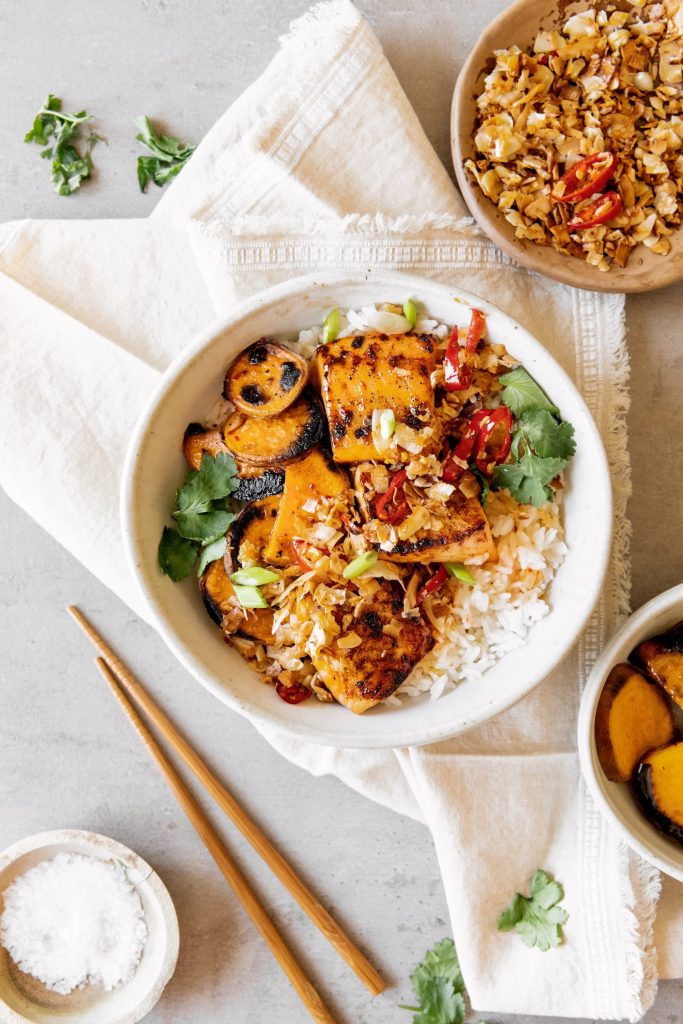
Salmon
Salmon, sardines, mackerel, etc., are fatty fish with omega-3s, which research shows has potent anti-inflammatory properties. EPA and DHA, both present in these fish, reduce inflammation that can lead to chronic illness and disease. What’s more, fish is a staple in the physician-favorite Mediterranean Diet, which has been shown to boost longevity and protect against heart disease.
Get the recipe for Hot Honey Glazed Salmon With Coconut Crunch.


Tomatoes
Tomatoes are an excellent source of lycopene, which may reduce inflammation. They also contain antioxidants, possibly reducing tissue damage from oxidative stress.
Get the recipe for Bruschetta With Slow-Roasted Tomatoes and Ricotta.


Turmeric
Turmeric contains curcumin, a chemical that might decrease swelling and inflammation. Along with fenugreek and cinnamon, these anti-inflammatory spices contain medical properties, including the ability to increase the body’s antioxidant capacity.
Get the recipe for Turmeric Tahini Roasted Cauliflower.
This post was originally published on June 16, 2021 and has since been updated.




